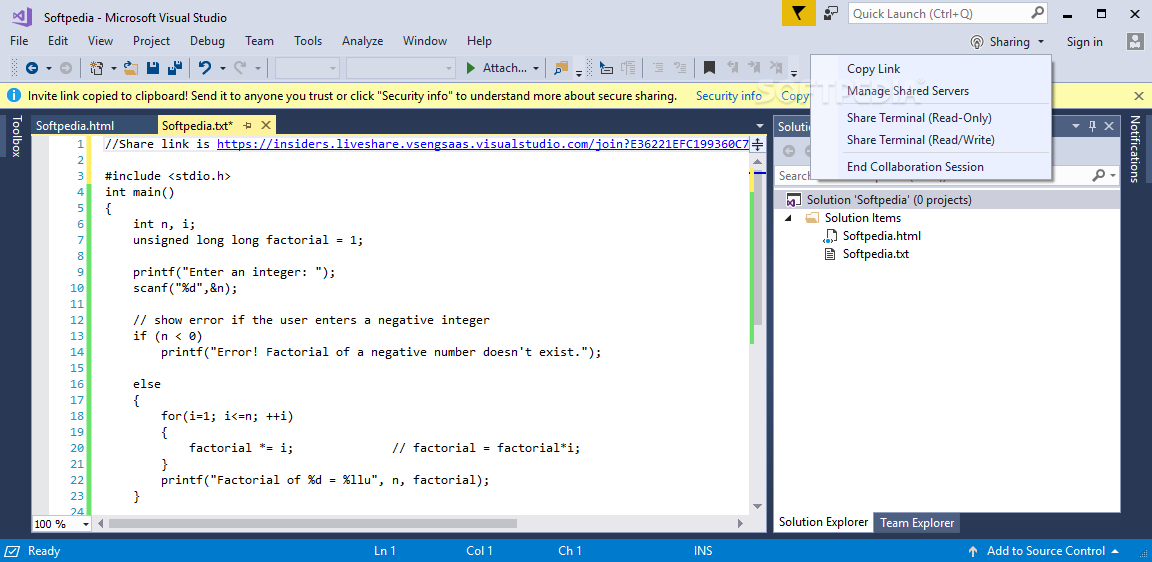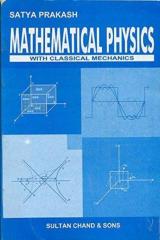

Where, in the last step, we used formula Equation (M.68) on page 172. If the discrete charges are small and numerous enough, we introduce the charge density located at x 0 and write the total field as In the presence of several field producing discrete charges q 0 i, at x 0 i, i =1 2 3 :::, respectively, the assumption of linearity of vacuum 2 allows us to superimpose their individual E fields into a total E field

Using formulae (1.1) and (1.2), we find that the electrostatic field E stat at the field point x (also known as the observation point), due to a field-producing charge q 0 at the source point x 0, is given by This means that we can say that any net electric charge produces an electric field in the space that surrounds it, regardless of the existence of a second charge anywhere in this space.

Purpose of the limiting process is to assure that the test charge q does not influence the field, the expression for E stat does not depend explicitly on q but only on the charge q 0 and the relative radius vector x x 0.


 0 kommentar(er)
0 kommentar(er)
